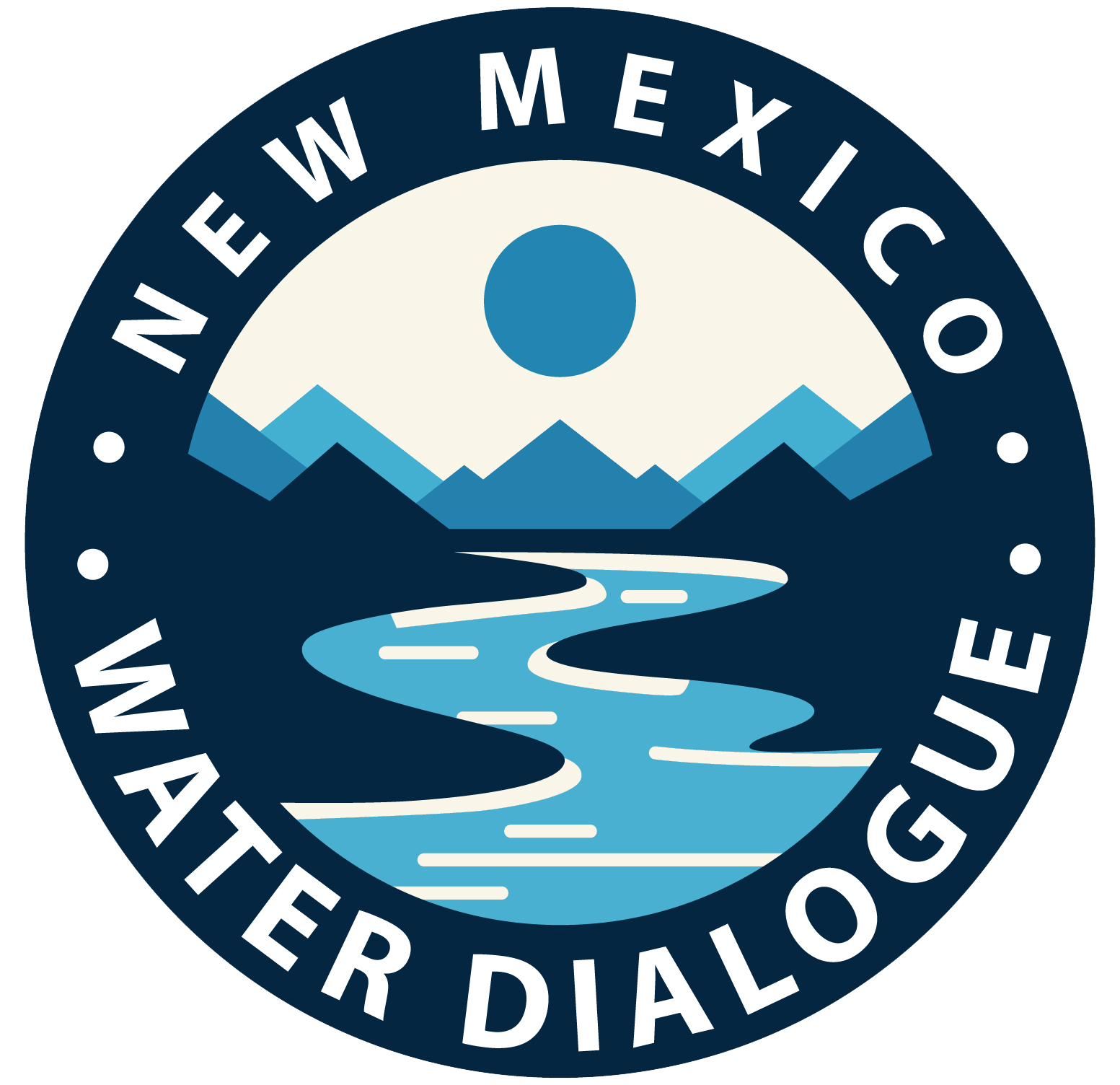Rising temperatures prompted by climate change will bring about increasing difficulty for New Mexico to meet its legal obligation to deliver water to downstream neighbors in the years ahead, according to a new federal study developed by the U.S. Bureau of Reclamation and Sandia National Laboratory.
The study offers disturbing news to both New Mexico state officials who must legally guarantee a prescribed flow of water in the Rio Grande Basin will pass down to Texas each year, and to Texas water officials who are currently involved in litigation against New Mexico over water deliveries related to the Rio Grande Compact, a tri-state agreement between Colorado, New Mexico and Texas on how water from the river will be shared.
Representatives of the Bureau of Reclamation and Sandia Laboratory were on hand to discuss the new study at the New Mexico Museum of Natural History last week. The presentation, titled “Impacts of Climate Change on the Upper Rio Grande Basin: Adaptation and Mitigation Strategies,” paints a dire picture for New Mexico’s ability to deliver water in the future because of higher demands and reduced flows caused by higher rates of evaporation, smaller expected snow packs and other environmental developments caused by a warmer climate.
“Water supplies are diminishing while demand is becoming greater,” said Sandia Laboratory hydrologist Jesse Roach, one of the study’s authors. Roach said there is an increasing need to change water use strategies in order to prepare for climate-induced water shortages in the basin in the years ahead. He says scientists have been warning for years of coming changes in the environment that will result in water availability losses across the Southwest, and he further warned “those times have arrived.”
The study was lead by Dagmar Llewellyn at the Bureau of Reclamation’s Albuquerque office and was part of the agency’s West Wide Climate Risk Assessment, a comprehensive two-year study designed to determine water supply risks basin-by-basin across the western region of the United States. Also contributing to the study was the U.S. Army Corp of Engineers.
New Mexico is currently embroiled in litigation initiated by Texas officials, namely, a federal lawsuit filed with the U.S. Supreme Court asking the nation’s top judges to take up a dispute over whether current New Mexico water practices are illegally depleting the Rio Grande’s flow before it can reach the Texas border.
The Texas Attorney General is arguing excessive groundwater pumping across areas of New Mexico that are within the river’s recharge zone is further reducing flow and subsequently using up water that legally is earmarked by the tri-state water compact as belonging to Texas.
Scientists involved in the study say the July 10 public presentation at the museum in Albuquerque was the first of several planned across the state in preparation for the release of the full study in the weeks ahead. Llewellyn and Roach have been presenting their results at scientific conferences in the past, including a meeting of the American Geophysical Union in June in the nation’s capital, but the presentation at the museum last week represents the first public address on the study’s results.
During the presentation, Llewellyn warned the only way to counter the negative impacts of climate change on water availability in the state is to develop better water use strategies.
“A lot of it’s going to be just figuring out our priorities,” she said.
The study used climate simulations to determine the effects of dwindling water flows in the Rio Grande. Using Sandia Lab’s Upper Rio Grande Simulation Model, scientists determined how changes in river flows would affect the dams and diversions used by the valley’s farms and cities and how that would limit the amount of water that reached Elephant Butte Reservoir.
Those shortcomings will, according to the study, prevent New Mexico from meeting its water obligations to Texas. If changes are not made in the tri-state water compact, which are unlikely, New Mexico will be required to mandate water use strategies by river stakeholders within the state, including city water departments, agricultural irrigation districts, and the state’s farming and ranching industry.
In addition to catching river flows to meet legal obligation to Texas, the Elephant Butte Reservoir also provides New Mexico the means to deliver water to Mexico according to an international water treaty and to farmers and ranchers in southern New Mexico.
